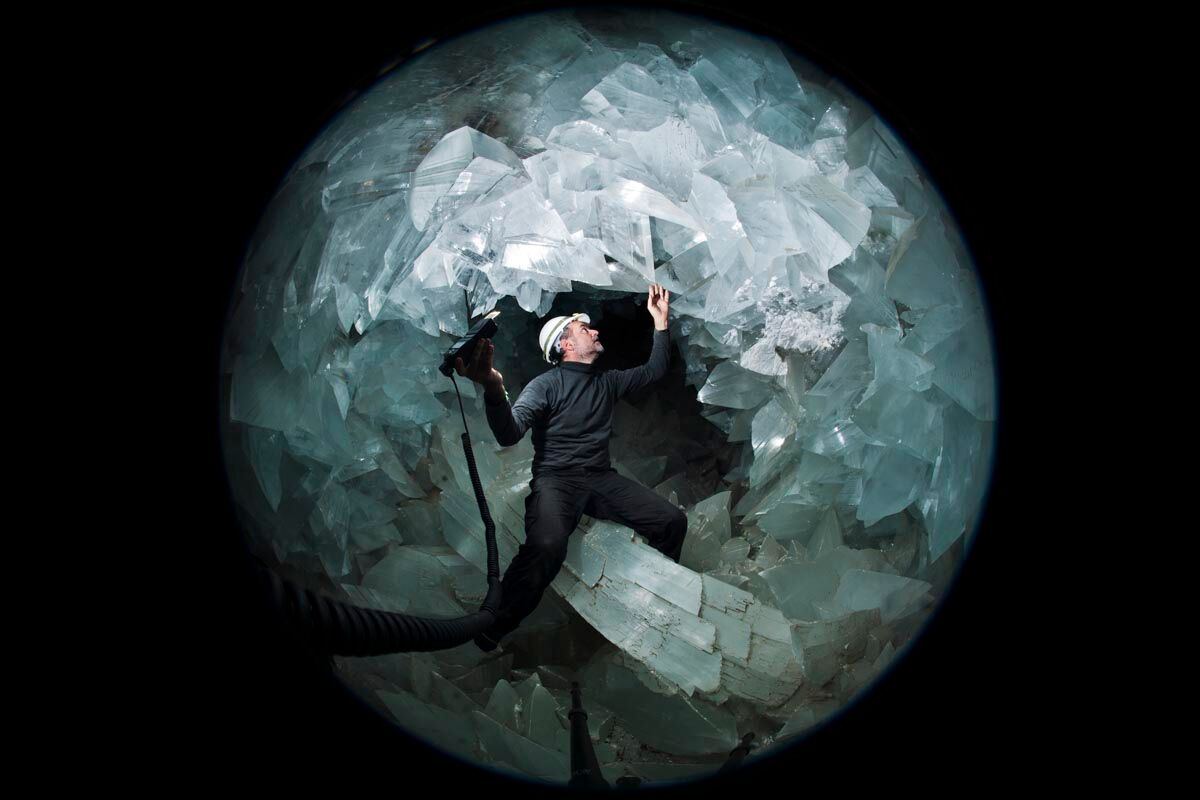When you purchase through links on our site , we may earn an affiliate commission . Here ’s how it works .
Black Smokers
In 2008 , researchers from Norway ’s University of Bergen discover Loki ’s Castle , an underwater hydrothermal field at a depth of 7,875 feet ( 2,400 m ) . The deep - sea volcanic vents in this complex are predict black smokers . The ultra - heated water spewing from these vent looks dark and smoky thanks to mineral - rich chemical compound .
Smoker Sampling
An undersea investigation taste the hot water streaming out of this chimney at Loki ’s castle . These chimneys get build up up from metal - rich mineral ( sulfides ) that precipitate out of the live water when it mixes with the cold seawater .
Heat-Loving Microbes
Bacterial colonies inhabit around the raging springs of Loki ’s Castle . The bacterium bolt up atomic number 1 sulphide , methane and H flowing out along with the ardent H2O . Around them populate a number of previously unknown animals — at least 20 new mintage at Loki ’s Castle so far , scientists say .
Heat Waves
The chimneys at Loki ’s Castle spew metallic element - deep water supply that ’s as hot as 608 degrees Fahrenheit ( 320 degrees Celsius ) .
Soria Moria
A photograph of chimney Soria Moria field of honor , another lately discovered complex of hydrothermal vent on the Arctic seafloor .
Hotspot for Life
The hydrothermal chimneys and wildlife around Soria Moria are located roughly 2,300 groundwork ( 700 meter ) below the surface , about 60 air mile ( 100 km ) E of Jan Mayen , a remote Norwegian volcanic island in the Arctic Ocean .
Bacteria-Covered Chimneys
An underwater remote control - manipulate vehicle captured image of this 49 - foot ( 15 meter ) high lamp chimney complex at the Soria Moria field . The livid material that covers portion of the chimney is bacterial colonies .
Dumbo Octopus
A dumbo devilfish that lives in Arctic body of water swims around the volcanic lava geological formation at a profundity of 8,530 infantry ( 2,600 meters ) .



























